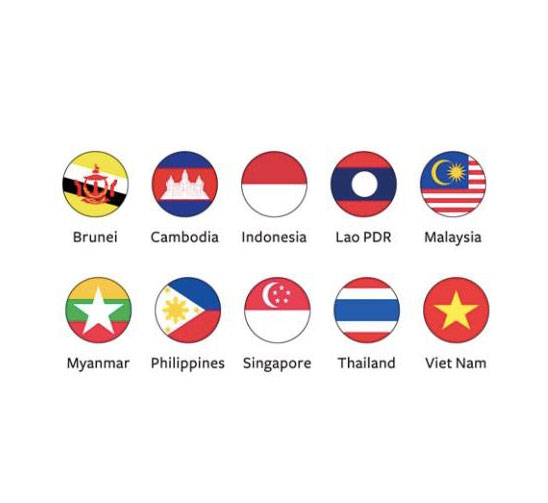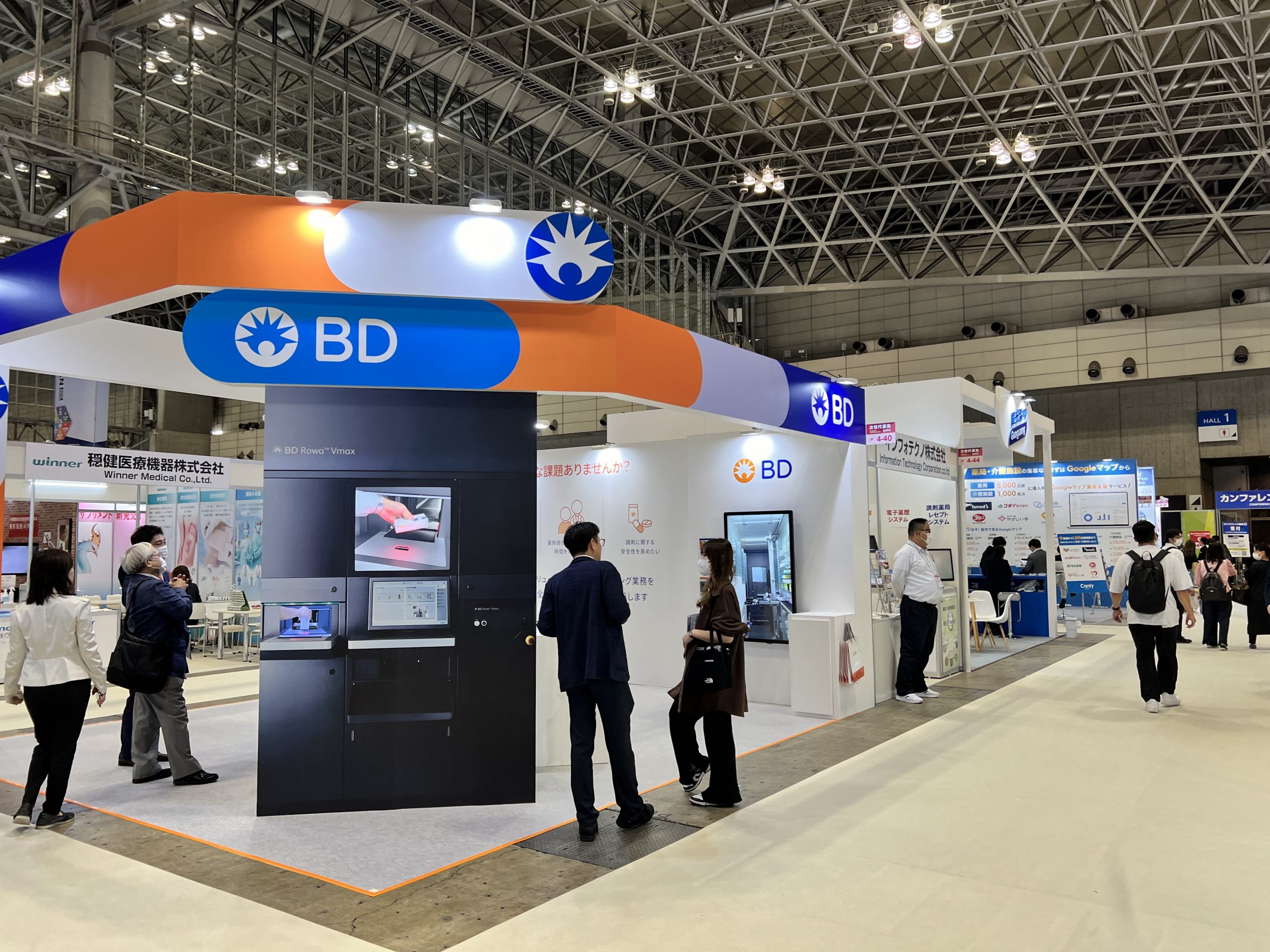In 2015, the ASEAN Medical Device Directive (AMDD) agreement was signed in by all the 10 ASEAN countries – Brunei, Cambodia, Indonesia, Laos, Malaysia, Myanmar, Philippines, Singapore, Thailand and Vietnam. The agreement is to be fully implemented by 2020.
The purpose of the agreement is to harmonise medical device regulations and common technical documents to ease the entry of medical devices in ASEAN countries. Now, with less than 2 years to 2020, what is the current state of ASEAN integration into the member states’ local regulations?

BRUNEI DARUSSALAM
Not yet implemented. At present, laws and guidelines for medical devices are still being developed by the government. There is a draft AO in the works targeted for implementation this 2018. Details on timeline and AMDD integration have not been clarified as of current. In the current landscape, manufacturers intending to market medical devices in Brunei would only need to comply with Ministry of Finance and Brunei’s Royal Customs and Excise Department (RCED) in order to obtain a company registration number and customs clearance.
INDONESIA
Not fully implemented, but many elements already in place. Halal certified. Currently, HALAL certification is on voluntary basis through MUI. At implementation of Halal Law, certification will be mandatory and to be issued by BPJPH. The regulation of products under this law will be done in stages with affected medical devices falling in Year 1-5 (from passage) estimated to be between October 2019-2024. Currently, it is not clear when the law will be implemented, as with the impact it will have on registration costs and timelines.
LAOS
Not fully implemented. The most recent major legislation, the Law on Drugs and Medical Products No. 07/NA, issued in 2012 is in accordance with AMDD. Under this law, companies who will register their medical devices in Laos will comply with classification of medical devices as per ASEAN as well as follow the CSDT format in application.
PHILIPPINES
Not yet fully implemented. ASEAN harmonisation is currently in transition phase and registration procedures still follow the local regulations. Transactions with FDA have also recently transitioned into paperless processing with the establishment of the FDA e-portal. Among the major and minor changes expected within the FDA from 2018 are:
- The ASEAN harmonisation which will mostly cover technical requirements. Other requirements such as legal/labelling may be country specific. A summary of technical requirements will be discussed on a new upcoming Administrative Order.
- Common definition and classification of Medical Device
- Post Marketing Surveillance
- ASEAN CSDT integration. Current applications may or may not follow the ASEAN CSDT.
- Classification of IVD’s and Medical Devices
- Classification of Medical Devices: A-D (risk based and rule based). The classification may be company specific but FDA may re-classify upon review as deemed appropriate. A reference list will be issued by FDA soon for stakeholders.
- International Standards will be implemented for local manufacturers of Medical Devices
- Updated list of registrable and non-registrable Medical Device are expected to be released by 2018
- New schedule of fees
- Registration of IVD’s
- Variation Application with multiple information will eventually follow a multiple CPR scheme (1 application with multiple CPR)
There is no clarification as of current on the implications for existing CPRs once the new AO’s are issued. Timelines for implementation are not confirmed as of this writing.
VIETNAM
Not fully implemented. Mandatory implementation postponed for 12 months. Industry and the DMEHW are working closely together to ensure Vietnam can meet the next deadline of Jan 2019.
CAMBODIA
Partially implemented. Currently, DDF classifies medical devices into 4 categories: Class A, B, C and D according to the ASEAN directives and integrates the elements of CSDT in registration documentation. Registration of Class A medical devices require FSC from country of origin, ISO 13485 certificate and authorization letter to importer. For Classess B-D, technical requirements in CSDT format and summary of tests are required for submission. Other essential elements of ASEAN AMDD are still for integration.
MALAYSIA
Malaysia has ratified the ASEAN AMDD as of late 2017. MDA has reiterated compliance of stakeholders to the mandatory registration of medical devices. In their letter issued 2 May 2018, all devices are required to be registered or applications forwarded by 30 June 2018. New labeling requirements are in the works and targeted for implementation by 3Q 2018. Halal certification is all also being developed and now on its final stages of consultation. Jakim is to introduce halal certification by 3Q 2018. The draft guidance is available for reference but the official guidance document is to be related 3Q 2018. Unlike Indonesia, Halal certification is not compulsory in Malaysia but only if companies deem necessary.
MYANMAR
Not yet implemented. The MFDA does not classify medical devices in the current regulations and does not require approval of all medical devices. In general, medical devices may be allowed to be marketed in Myanmar via Import License acquisition/ recommendation or via obtaining Trade Permit from the Ministry of Trade and Commerce.
SINGAPORE
Fully implemented.
- Changes to Class A MD registration. As of 1 June 2018, all Class A MD (including sterile devices) are not required for registration but only to be entered into the HSA Class A database prior to import. For sponsors who will be importing solely Class A MDs, they would only need to meet the QMS requirements to fulfill. Telehealth devices intended by its manufacturer for medical purpose will be regulated as MDs.
- Planned changes to Class B MD registration. The EBR-1 and EBR-2 routes will be removed and will be merged into the IBR route if they meet certain criteria.
- Standalone mobile medical devices (both Class A and Class B) will qualify for IBR route if there is existing review and approval by 1 reference regulatory agency and no safety issues globally
- Better clarity on regulatory controls for Telehealth devices.
- Devices used for modification of appearance or the anatomy (aesthetics) are subjected to regulatory controls.
- Trained User Only (TUO) MD. For more complex MDs that require users to have the relevant skills and knowledge to use them safely and effectively, HSA will require manufacturers to provide training for the users of these devices.
THAILAND
Not Fully Implemented.Under the Medical Device Act B.E. 2531 A.D. 1988, medical device is classified into Class I, II and III but early next year, Class A-D per AMDD will be adopted. The Thai FDA has recently given guidance document for stakeholders on which eye products are to be classified as non-medical devices, medical devices, medicines or cosmetics. The Thai FDA also welcomes a new director for the Medical Device Control Division.
Entries will be updated as the regulation develops, so be sure to bookmark and check back often!






